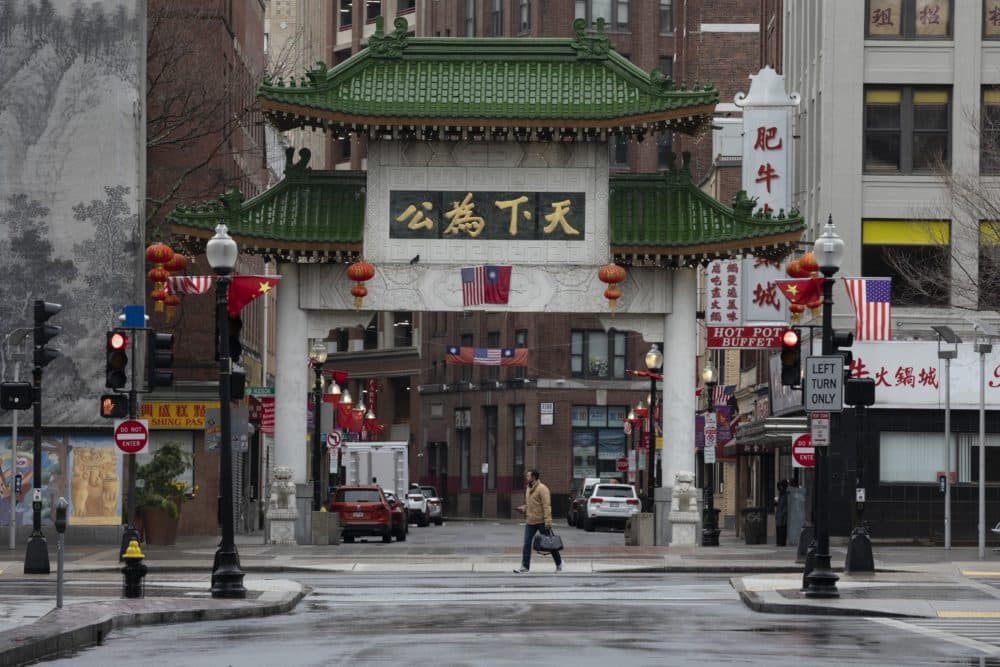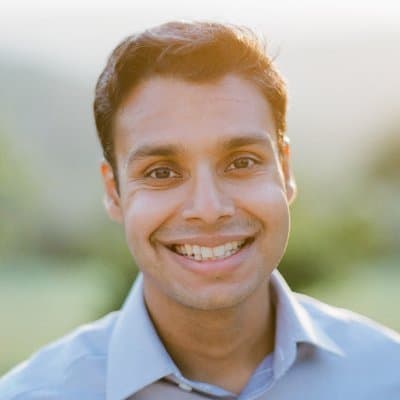Advertisement
Commentary
My daily walk through Boston’s suffering and wealth

I’d heard before I moved to Boston that the city had a segregated past. I knew the Red Sox were the last team to integrate, 12 years after Jackie Robinson broke the color barrier. I heard that fans yelled racial slurs at Bill Russell, even though he led the Celtics to 10 championships. I read about the riots and protests of the 1970s and 1980s in response to the desegregation of public schools.
But until I made a habit of a daily walk to work between Chinatown and Massachusetts General Hospital, I never realized how much that segregation — the way entire neighborhoods, school districts and institutions were purposely carved out based on race — continues to shape Boston today, not just geographically but medically, measured in health inequities and life expectancies.
I recently moved to New York City after living for five years in Boston. But as I look back, my walk, a mere 2,500 steps, was a microcosm of Boston’s history, for good and ill. I passed Boston Common and Beacon Hill, historic landmarks, the Freedom Trail and the Boston African American National Historic Site and ended up at one of the city’s most prestigious institutions. I also passed by countless individuals suffering from homelessness and drug addiction. What explains the patchwork of wealth and suffering, the starkly different neighborhoods?
I started near Beach Street in Chinatown, where luxury buildings are now interspersed between 100-year-old tenement housing units. In the late 1800s, this neighborhood was considered undesirable as new railway hubs were developed. European immigrants flocked to the area, followed by Chinese immigrants. I was reminded that not everyone was happy with this influx. Walking on Harrison Avenue, between Essex and Beach, you notice that the street inexplicably goes from one to three lanes. This street and intersection were purposely widened to decrease the number of Chinese American homes and businesses.
Recently, some of this space was reclaimed with the opening of Phillips Square. This redesign included the repatriation of two guardian lion statues, gifts from Taiwan that were taken from Chinatown by a private contractor during the Big Dig. One purpose of the Big Dig was to remedy some of the damage that the I-90 and I-93 had caused the downtown communities of Boston, displacing a large portion of the Chinatown community.
What explains the patchwork of wealth and suffering, the starkly different neighborhoods?
Many immigrant and minority communities were demolished in the 1950s and 1960s to make way for highways. As Secretary of Transportation Pete Buttigieg says, racism is physically built into America’s infrastructure. Highways and proximity to industrial areas lead to more pollution that is disproportionately shouldered by the minority communities of Boston. This leads to chronic conditions such as asthma: Children living near the poverty line have an increased risk of developing asthma and cases are more severe. Black people are three times more likely to die from asthma-related causes compared to white people.
Once I passed Chinatown, I crossed into Boston Common by West Street. I passed by tourists and commuters. But there are also many people struggling with homelessness who frequent the common. Over the years, I came to know many of them. During the initial surge of the pandemic, many of those faces disappeared.
I crossed through the park and hit Beacon Street. The difference was palpable when I crossed into Beacon Hill, a historic neighborhood that was at the center of the abolitionist movement. On Joy Street, I passed by the African Meeting House, the oldest surviving Black church in the United States, and the Museum of African American History. But despite these historic landmarks, only 2% of Beacon Hill is Black. It’s now a neighborhood that caters to the wealthy.
Advertisement
The demographics change instantly; the people without housing who frequent the common and downtown steer clear of Beacon Hill. It’s uncanny: The tacit understanding of who can enter Beacon Hill persisted even during the protests after the murder of George Floyd. Beacon Hill remained quiet even as protesters, mostly Black and brown, packed the streets along its border -- Beacon Street near the State House.
When did Beacon Hill become actively unwelcoming to minorities? As in many of America’s cities, redlining and discriminatory housing policies by the Federal Housing Administration after the National Housing Act, were pervasive in Boston. Areas considered undesirable (because they often were populated by immigrants or Black people) were literally marked in red on a map. This practice often barred Black people from obtaining both public and private loans and restricted them to certain neighborhoods, such as Roxbury and Mattapan. Residents of those areas found themselves trapped renting in depreciating homes, deprived of obtaining the American dream of home ownership. The few loans that were dispersed were often predatory and unfavorable, making foreclosure and eviction more common.
When did Beacon Hill become actively unwelcoming to minorities?
These barriers to homeownership have created long-lasting ramifications: As reported by the Federal Reserve of Boston, white families have a median wealth of $247,500, while Black families average just $8. Wealth is a proxy of many of the social determinants the health, which are the conditions that people are born into, live, work and age. More wealth means you have the ability to buy healthy foods, obtain comprehensive health insurance and have access to better transportation. Wealth is a good indicator of a neighborhood’s resources, the number of parks, the taxes that go into the local schools and overall safety.
As a physician, I saw these consequences in my clinic. The neighborhoods that are still predominantly Black and brown today suffer from measurably lower life expectancy. The difference ranges anywhere from a few years to greater than 30 years in some pockets of the city. Your life may be cut short by decades depending on what street you live on. One area in Roxbury had an average life expectancy of 60 years. Compare that to Back Bay and Beacon Hill, where some areas have life expectancies exceeding 90 years. These dramatic differences have led researchers to conclude that your zip code is more important than your genetic code to your overall health.
As I exited Beacon Hill, I arrived at the research and ancillary buildings of MGH. Massachusetts Eye and Ear Infirmary, one of the preeminent specialty hospitals in the world, is also there. This, too, speaks to the segregation of Boston. Longwood Medical Area, located a couple of miles away, houses some of the best hospitals in the world. But these world-class hospitals don’t serve all the populations of Boston. Much of this is due to financial cost and insurance, the proximity of the hospitals to certain neighborhoods and the historical stigma and legacies of these hospitals.
My walk to work took just 20 minutes. But during that short time, I was reminded daily of how this city was built, how racism and segregation are embedded into the streets, institutions, parks and neighborhoods. We need to remember this as we work to dismantle structural racism and work towards health equity. I urge you to take a walk. Take a closer look at your neighborhoods, surroundings and the invisible lines that separate and segregate us. Because if we never cross these lines, they will always persist.
